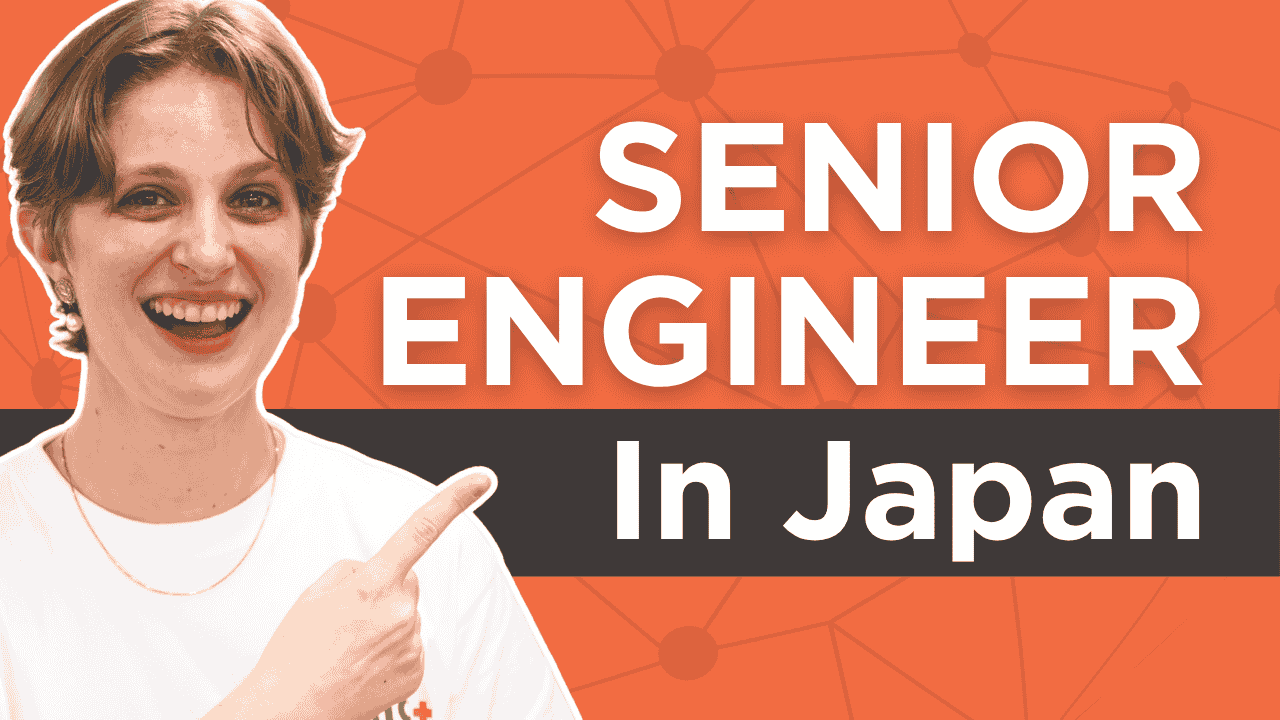Leveling Up as a Fullstack Engineer in Japan
Back by popular demand!
Taylor Wiles, Senior Community Specialist at Build+, explains what it means to grow your fullstack engineer career in Japan.
Here is what you need to know:
🧭 What Makes a Fullstack Engineer “Senior” in Japan?
In Japan, the definition of a “senior” fullstack engineer isn’t always clear-cut. It’s not just about years of experience — although 7–8 years is often the benchmark — but more about what kind of responsibilities you’ve taken on:
System Design & Architecture: Senior engineers are expected to design scalable backend systems and UI architecture.
Business Logic Ownership: Understanding how your system interacts with real-world user flows and data pipelines is key.
Mentorship & Leadership: Even without a management title, you’ll often be mentoring junior engineers, reviewing code, and leading sprints.
Cross-functional Communication: From defining technical requirements to participating in product meetings, soft skills matter.
💡 Tip: If your current environment doesn’t let you stretch into these areas, start raising your hand — or consider switching to a team or company that will.
⚙️ The Backend Bias: Why “Fullstack” Often Means Backend-Heavy
In Japan, “fullstack” frequently skews backend-heavy — and it’s not a bug, it’s a feature. Backend systems are simply more complex and require more engineering hours:
Complex databases
API design and integration
Security and scalability
Business logic handling
That said, frontend engineering is still vital — especially UI architecture, performance optimization, and integration with design teams. But when companies post “fullstack” openings, they’re often looking to relieve backend bottlenecks.
💡 Tip: If you’re coming from a frontend background, ask to take on backend responsibilities within your current team. It’s the fastest way to build real experience.
📈 Hiring Trends: What Japanese Companies Are Looking For
Taylor shared some key takeaways from the hiring front:
In-demand stacks: Java, Python, Ruby on Rails, PHP (still alive!), Golang, TypeScript, React, Vue, Spring Boot, Django.
Cloud experience: Familiarity with AWS, GCP, or Azure is a plus. You don’t need to be an infra expert, but you should understand how systems work in production.
Specificity is rising: More companies are asking for “5+ years of TypeScript/React” rather than just “modern JS.”
AI edge cases: Some roles now demand familiarity with concepts like RAG (Retrieval-Augmented Generation) in generative AI — even for fullstack engineers.
And yes — soft skills still make or break the final interview. Engineers who sail through technical rounds often fall short on culture fit or communication.
💡 Tip: Add specific product and project info to your CV. Include user numbers, industry domain, and key stakeholders to help hiring managers grasp your impact.
🧰 Tools, Teams & Workflows
Japanese engineering teams are increasingly hybrid in their approaches:
Workflows: Agile, Scrum, Waterfall — often blended together.
DevOps: If there’s no dedicated DevOps team, fullstack engineers handle CI/CD pipelines, testing, and automation scripting.
Team structures: Even in large companies, teams can be small and cross-functional. Fullstack engineers regularly collaborate with PMs, designers, QA, and sometimes marketing.
💡 Tip: Understanding how frontend integrates with backend and learning about API design is a major unlock for your fullstack growth.
🔀 Career Switching: Moving Into Fullstack
If you’re currently a frontend or backend specialist and want to go fullstack, here’s Taylor’s advice:
Raise your hand for tasks outside your usual responsibilities.
Build a side project — it helps learning and shows initiative.
Join mixed teams — smaller or integrated teams are ideal.
Look for mentorship — environments where you can learn from senior engineers are key.
Certifications help, but hands-on experience is more valuable.
💡 Tip: When interviewing, ask about team structure, tech stack, and opportunities to work across the stack.
🌍 Tips for International Candidates
If you're coming from outside Japan, here’s how you can stand out:
Localize your resume. One-page CVs are common in the West, but in Japan, hiring managers expect detailed documentation—what you did, how you did it, what tools you used, and the outcome.
Show your proactiveness. Can’t use generative AI at work? Build something on your own. Even a simple app or chatbot using public models can make a difference.
Speak Japanese if you can. While technical skills are often more important, many companies still require at least Business or Native Japanese, especially if you'll be working in a Japanese-speaking team.
Add Japanese certifications. Passing the JLPT N2 or N1 shows commitment and can open more doors.
🎥 Watch the Full Interview
Want to hear more directly from Taylor? Check out the full episode on our [YouTube channel] and follow SHIFT for upcoming clips on [LinkedIn].

